My Favourite Painting: Rob Houchen
The actor Rob Houchen chooses a bold and challenging Egon Schiele work.
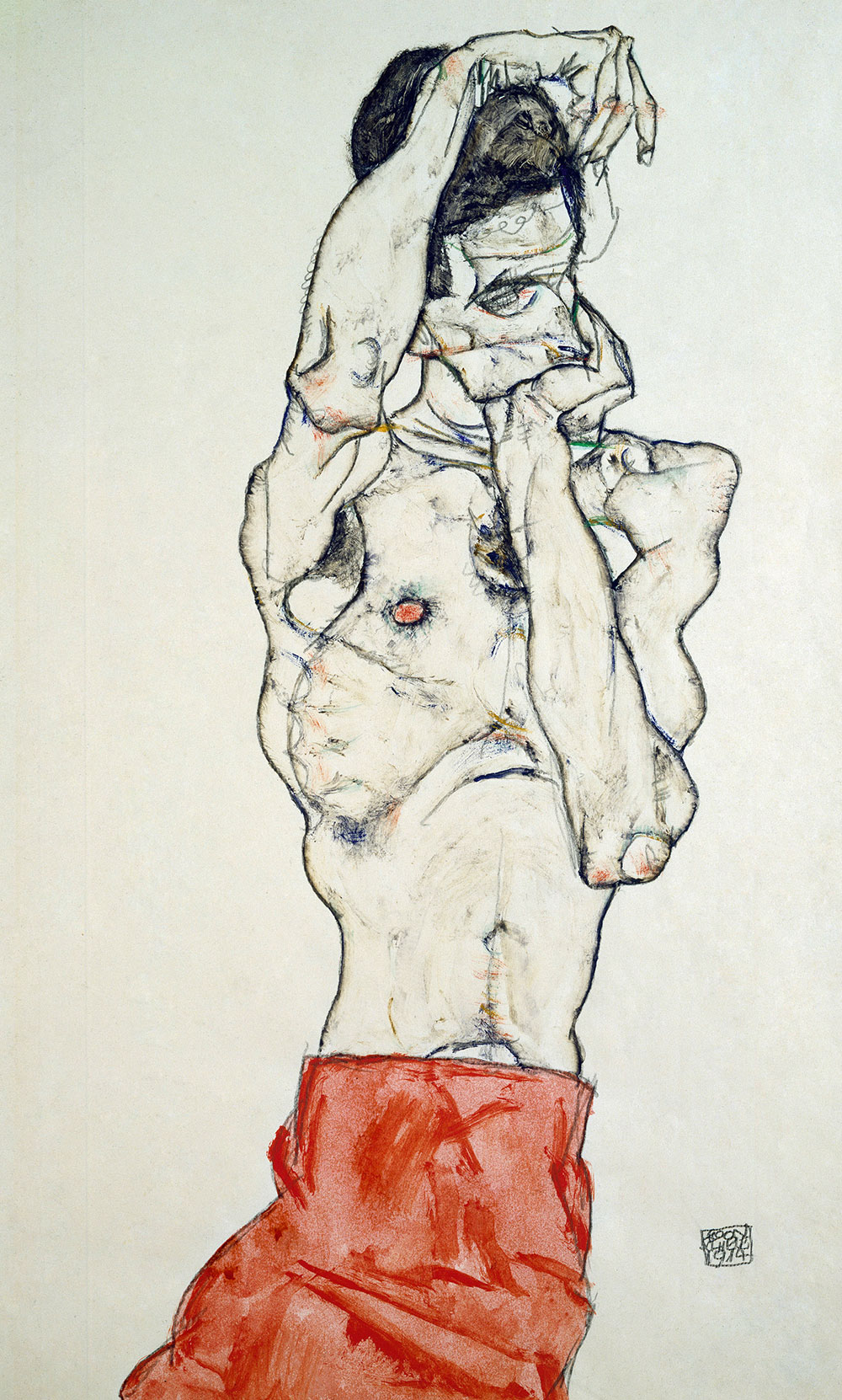

Rob Houchen on 'Standing Male Nude with Red Loincloth' by Egon Schiele
'I have loved the work of Egon Schiele since studying him during my GCSE in Fine Art. I was drawn to the unashamed expression in his art and how unafraid he was to look vulnerable, sexual and ugly. It moved me to know someone could express themself so freely and I, one day, hoped to do the same. Schiele’s self- portraits have always been my favourites — this male semi-nude hangs in my bathroom and I have a line drawing of another tattooed on me. The root of my adoration for this piece is the emotional mystery.
'The subject is twisted away from the viewer, contorted into this uncomfortable shape, but could actually seem rested and pensive. They hold their face in thought, yet I feel they know we are watching, as if drawing us in, teasing us, performing almost, but with feigned shyness. Personally, it stirs a reflection of my own insecurities, in its fragility, its human vulnerability and nakedness — and its possible darkness.'
Rob Houchen is an actor. He played Marius in Les Miserables in the West End and in the staged concert of the musical, screened worldwide.
Charlotte Mullins on Standing Male Nude with Red Loincloth
An emaciated body stretches across the paper, one arm looped protectively over the head. The ribs fan out like a knuckleduster under pale skin and a red cloth wrapped around the man’s narrow waist is the same colour as his nipple, which looks raw and ulcerous. He doesn’t look at us, but twists his head away, his left hand pressed against his mouth as if to silence himself. The high forehead, dark hair and attenuated form all point to this being a self-portrait.
Egon Schiele drew and painted his own body from the age of 16. It was a vehicle through which he expressed his feelings and anxieties about the modern world that had engulfed Vienna. The early 20th century was a time of heightened awareness of the body — developments in psychiatry, criminology, medicine and sexual studies had led to a systemic questioning of what it meant to be a man. Schiele had been arrested two years before this work was completed and imprisoned for 24 days, because his art was considered indecent. Others saw its raw power, with one critic who reviewed his 1915 exhibition in Vienna saying that his interpretation of the body was ‘born from the tortured shudders of a suffering soul’.
His monogram can be seen on this drawing dating the work to 1914, the beginning of the First World War. Schiele was stationed in Prague during the war, before falling victim to Spanish flu, which killed an estimated 50 million people worldwide in 1918.
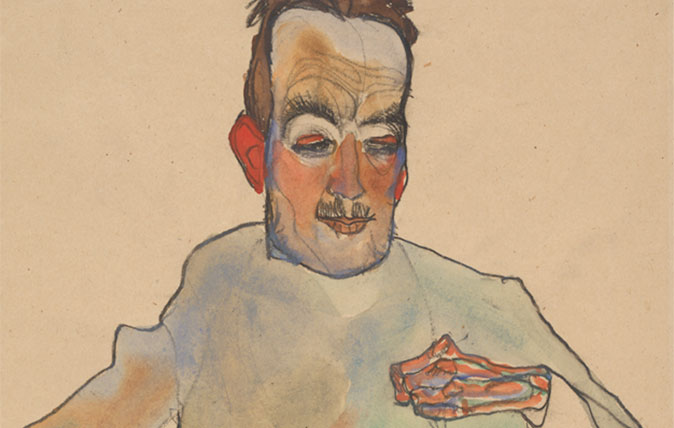
In Focus: A silent cellist, blazing with pleasure, by Klimt's great young protégé Schiele
When he first came on to the Vienna art scene, Egon Schiele hero-worshipped Gustav Klimt. Once they met the two
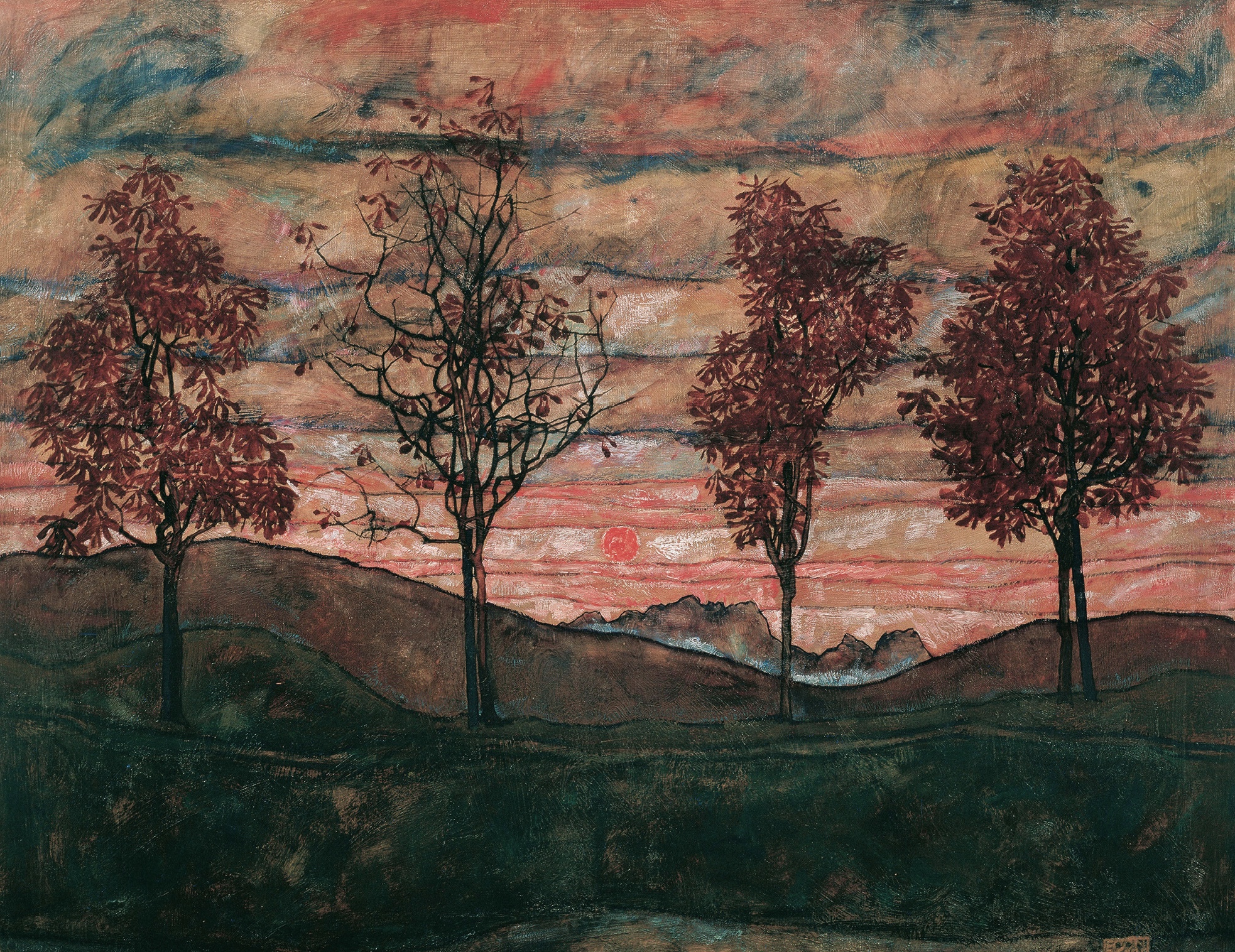
My favourite painting: Sir David Hempleman-Adams
Industrialist and explorer Sir David Hempleman-Adams selects a beguiling Egon Schiele work.
Exquisite houses, the beauty of Nature, and how to get the most from your life, straight to your inbox.

Charlotte Mullins is an art critic, writer and broadcaster. Her latest book, The Art Isles: A 15,000 year story of art in the British Isles, will be published by Yale University Press in October 2025.
-
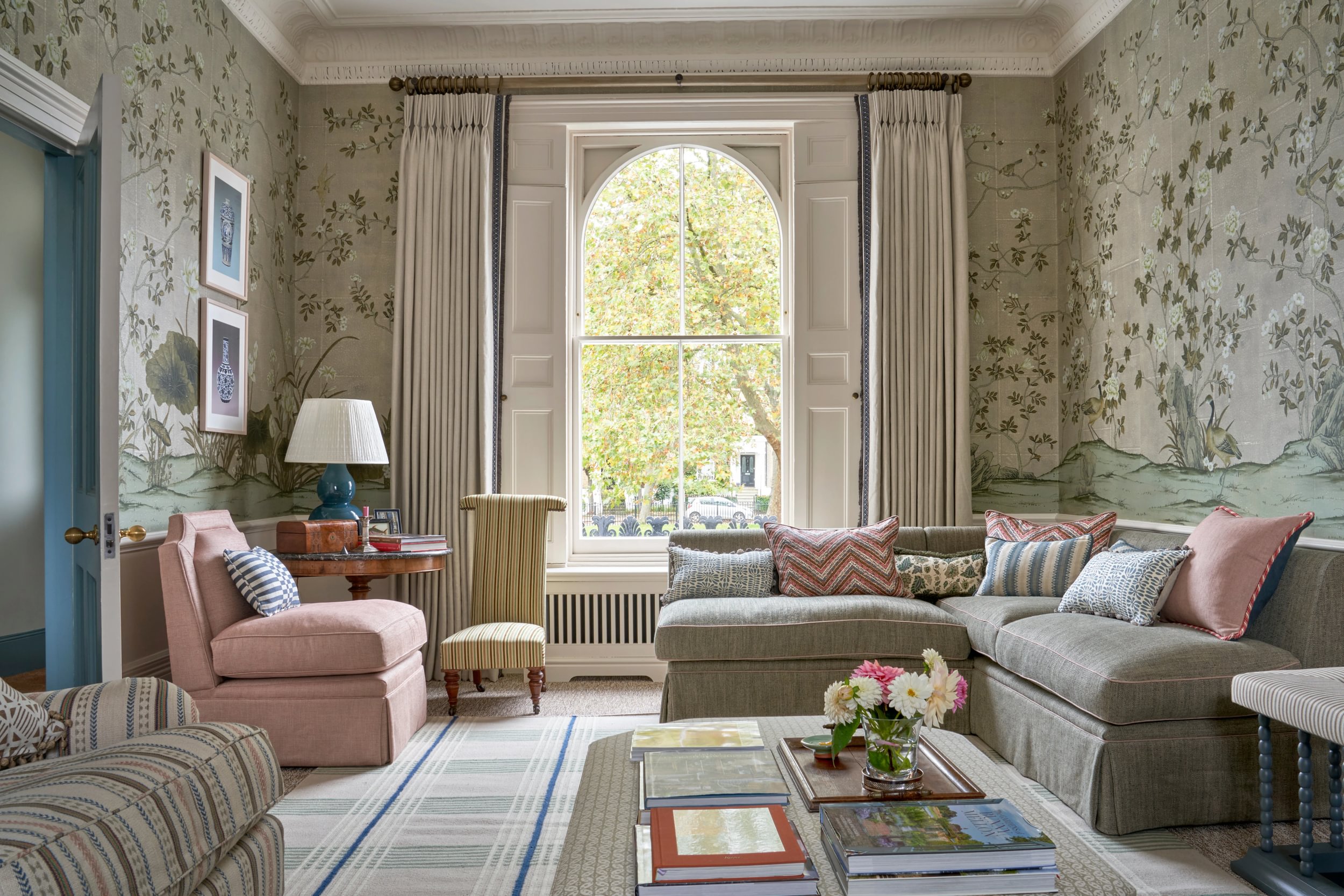 The transformative renovation of a Grade II-listed property with an 'unusual footprint'
The transformative renovation of a Grade II-listed property with an 'unusual footprint'Having inherited this fine London townhouse, the new owner asked Sims Hilditch to help refresh the interiors, resulting in a youthful, yet elegant kitchen.
-
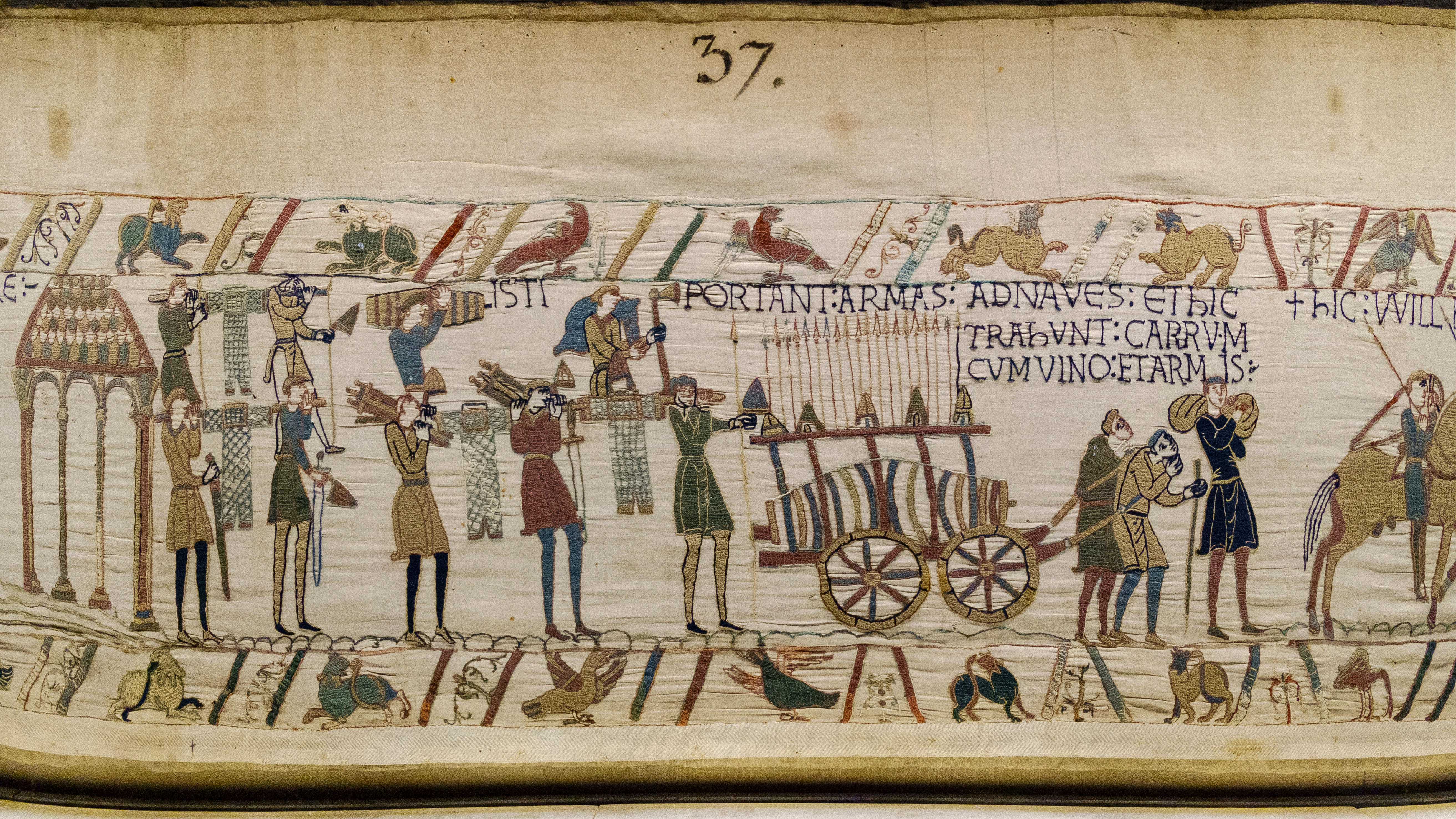 ‘One of the most effective pieces of propaganda ever made’: the Bayeux Tapestry heads to Britain for the first time in almost a millennium
‘One of the most effective pieces of propaganda ever made’: the Bayeux Tapestry heads to Britain for the first time in almost a millenniumA historic agreement between this country and France sees the 225ft-long tableau — which may have been made in Britain but has been in France since 1077 — arrive at the British Museum in Autumn 2026.
-
 'As a child I wanted to snuggle up with the dogs and be part of it': Alexia Robinson chooses her favourite painting
'As a child I wanted to snuggle up with the dogs and be part of it': Alexia Robinson chooses her favourite paintingAlexia Robinson, founder of Love British Food, chooses an Edwin Landseer classic.
-
 The Pre-Raphaelite painter who swapped 'willowy, nubile women' for stained glass — and created some of the best examples in Britain
The Pre-Raphaelite painter who swapped 'willowy, nubile women' for stained glass — and created some of the best examples in BritainThe painter Edward Burne-Jones turned from paint to glass for much of his career. James Hughes, director of the Victorian Society, chooses a glass masterpiece by Burne-Jones as his favourite 'painting'.
-
 'I can’t look away. I’m captivated': The painter who takes years over each portrait, with the only guarantee being that it won't look like the subject
'I can’t look away. I’m captivated': The painter who takes years over each portrait, with the only guarantee being that it won't look like the subjectFor Country Life's My Favourite Painting slot, the writer Emily Howes chooses a work by a daring and challenging artist: Frank Auerbach.
-
 My Favourite Painting: Jeremy Clarkson
My Favourite Painting: Jeremy Clarkson'That's why this is my favourite painting. Because it invites you to imagine'
-
 The chair of the National Gallery names his favourite from among the 2,300 masterpieces — and it will come as a bit of a shock
The chair of the National Gallery names his favourite from among the 2,300 masterpieces — and it will come as a bit of a shockAs the National Gallery turns 200, the chair of its board of trustees, John Booth, chooses his favourite painting.
-
 'A wonderful reminder of what the countryside could and should be': The 200-year-old watercolour of a world fast disappearing
'A wonderful reminder of what the countryside could and should be': The 200-year-old watercolour of a world fast disappearingChristopher Price of the Rare Breed Survival Trust on the bucolic beauty of The Magic Apple Tree by Samuel Palmer, which he nominates as his favourite painting.
-
 My favourite painting: Andrew Graham-Dixon
My favourite painting: Andrew Graham-Dixon'Lesson Number One: it’s the pictures that baffle and tantalise you that stay in the mind forever .'
-
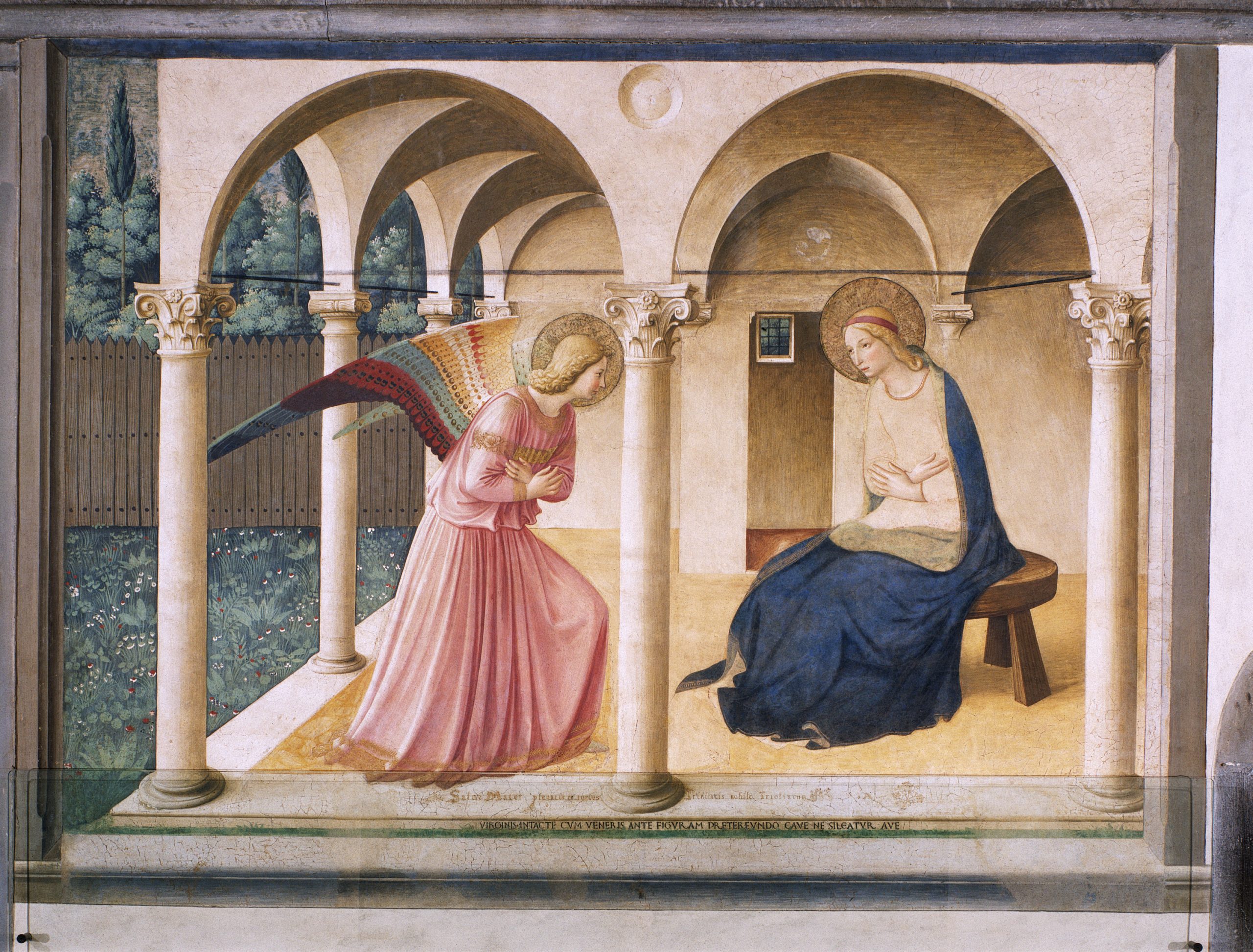 My favourite painting: Sir Alistair Spalding
My favourite painting: Sir Alistair SpaldingThe artistic director of Sadler's Wells chooses a painting created 'purely to aid reflection and contemplation'.